/https%3A%2F%2Fcdn.pijper.io%2F2021%2F07%2FbQjjzu7wnKhqmO1627482459.jpg)
In een krampachtige drang naar 'CO2-neutraal' heeft de Britse overheid besloten vanaf 2040 alle vrachtwagens op diesel te verbieden. Leuk bedacht, maar wat is dan het alternatief? De techniek van volledig elektrische trucks staan nog immers steeds in de kinderschoenen. Voor een grote actieradius zijn enorme accu's nodig, maar het gewicht van de accu's beperkt de laadcapaciteit. Om de gigantische EV's toch mogelijk te maken hebben de Britten de hulp ingeschakeld van Siemens.
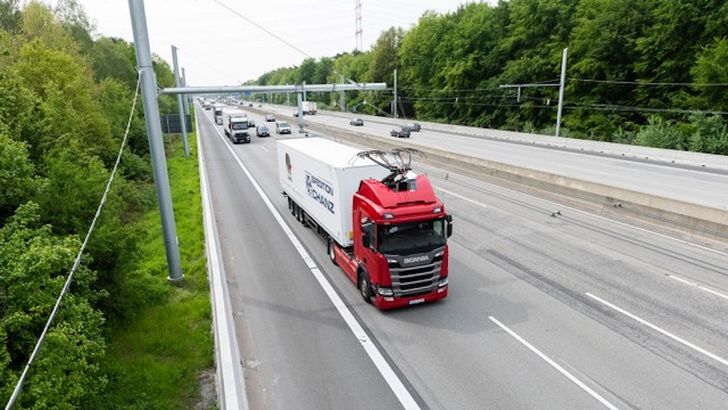
Pantograaf
De Duitse techniekgigant heeft de technologie die we kennen van treinen, trams en ouderwetse trolleybussen opnieuw toegepast voor de snelweg. Elke vrachtwagen wordt uitgerust met een zogeheten pantograaf, die zich tegen de bovenleiding aandrukt.
Via 'groene' netstroom kan de reis op de snelweg zonder uitstoot afgerond worden. Sturen doet de chauffeur uiteraard zelf. De pantograaf beweegt zoveel mogelijk mee om te compenseren. Als het systeem merkt dat de truck van baan veranderd of hard moet uitwijken trekt het ding zich terug.
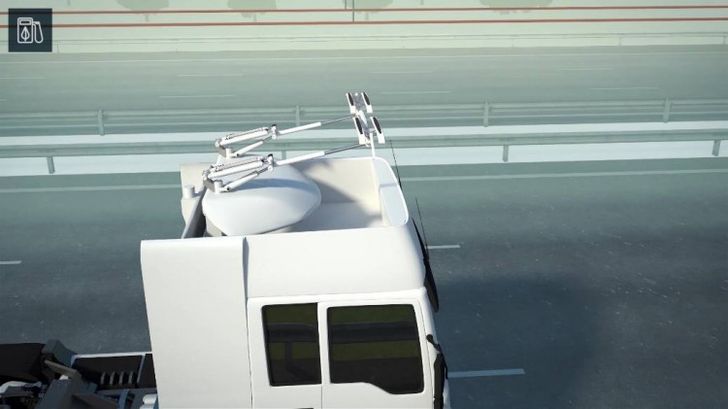
Toch op diesel
Zodra de chauffeur de snelweg moet verlaten, schakelt het systeem zich uit. Op B-wegen gaat de vrachtwagen echter doodleuk over op diesel. Het gewicht van het gigantische accupakket dat nodig is voor volledig elektrische aandrijving blijft immers een struikelblok.
Een plug-in hybride element zorgt er op zijn beurt voor dat de vrachtwagen in de binnenstad toch weer schoon is. Siemens meldt echter terloops dat waterstof ook een optie is. Waar de netstroom voor al die trucks vandaan moet gaan komen is nog niet bekend.
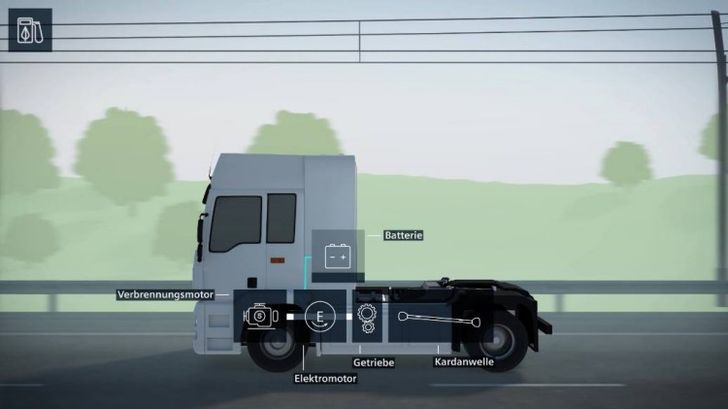
Proeftraject
Siemens heeft al proeven lopen in Amerika en Duitsland. Vanaf 2024 komt daar een nieuw traject op de M180 tussen Thorne en Scunthorpe in het noorden van Engeland. Het twintig kilometer lange stuk moet dienen als proeftuin voor de rest van het Verenigd Koninkrijk.
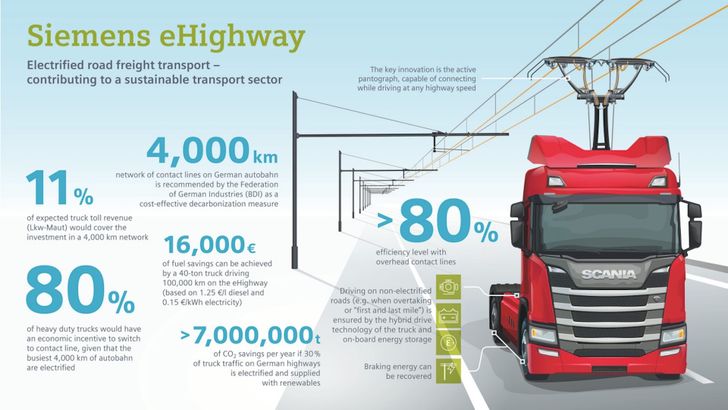
21 miljard
Is de proef een succes, dan volgen er drie fases waarin het netwerk uitgebreid zal worden. Tegen 2030 wil de Britse overheid 65% van de vrachtroutes geëlektrificeerd hebben. De kosten zijn geraamd op 17.8 miljard pond, omgerekend zo'n 20.9 miljard euro.
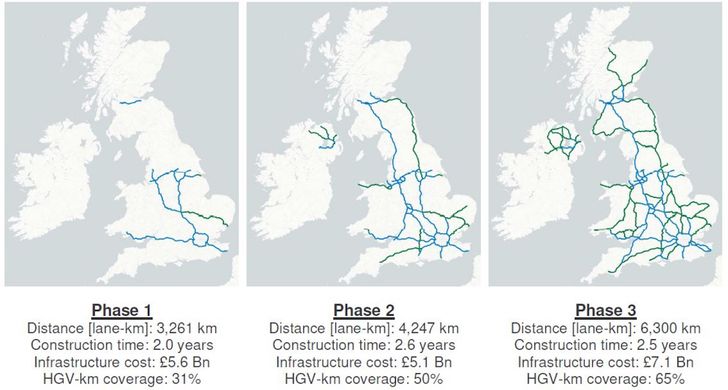
- Siemens